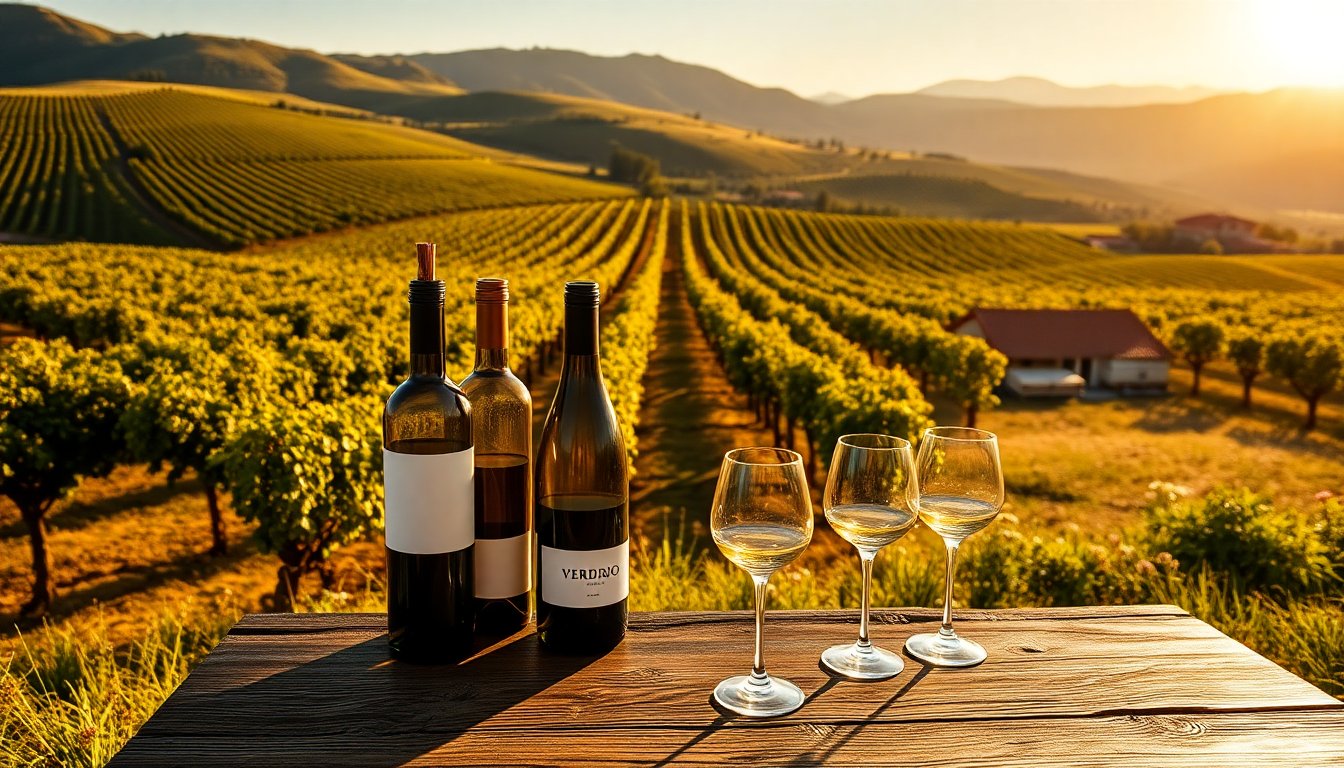In the heart of Spain’s wine country lies the renowned D.O. Rueda, a region celebrated for its exquisite verdejo wines. Today, we are guided by sommelier Laura S. Lara, who is eager to share her passion and knowledge of this unique varietal. Join us as we explore the fascinating characteristics, history, and the distinct flavors that make verdejo a remarkable choice for wine lovers.
Verdejo, a white grape variety native to Spain, has garnered significant recognition both locally and internationally. With its vibrant acidity and aromatic profile, this wine has a unique ability to pair beautifully with a variety of dishes, from seafood to salads. As we delve deeper into the intricacies of verdejo, Lara will provide insights into its cultivation, winemaking techniques, and the nuances that influence its flavor.
Understanding verdejo: A historical perspective
The verdejo grape has a rich historical background, tracing its origins back to the 11th century. Initially cultivated by the Moors, it was later embraced by local winemakers who recognized its potential. Today, the D.O. Rueda is the primary region for producing high-quality verdejo, and its vineyards are characterized by their unique soil composition and climate, which contribute to the grape’s exceptional quality.
The terroir of D.O. Rueda
In D.O. Rueda, the terroir plays a crucial role in shaping the flavor profile of verdejo wines. The combination of sandy soils, along with a continental climate, creates ideal growing conditions for the grape. Lara emphasizes the importance of microclimates within the region, which can lead to variations in taste and aroma. As a result, each vineyard produces wines that reflect their unique environmental conditions.
Tasting verdejo: What to expect
When tasting verdejo, one can anticipate a vibrant experience marked by crisp acidity and refreshing flavors. Lara suggests looking for notes of citrus, green apple, and a hint of herbaceousness that characterize many verdejo wines. The aromatic qualities often include floral hints, which make it particularly appealing to those seeking a light and invigorating white wine.
Food pairings with verdejo
One of the most delightful aspects of verdejo is its versatility in food pairings. Lara recommends enjoying it with seafood dishes, such as grilled fish or shellfish, as the wine’s acidity complements the flavors beautifully. Additionally, it pairs well with vegetable-based dishes, making it an excellent choice for salads and light pastas. Understanding these pairings can elevate your dining experience and showcase the wine’s unique qualities.
The future of verdejo in the wine industry
As the demand for quality wines continues to grow, the future looks bright for verdejo. Winemakers in the D.O. Rueda are committed to preserving traditional methods while also embracing innovative techniques to enhance the wine’s appeal. Lara expresses her optimism about the evolving landscape of verdejo, emphasizing that it is poised to capture the attention of wine enthusiasts worldwide.
In conclusion, exploring the authentic verdejo of the D.O. Rueda with Laura S. Lara offers an enriching experience that highlights the beauty and complexity of this remarkable grape. Whether you are a seasoned wine connoisseur or a curious newcomer, there is no doubt that verdejo has a charm that captivates the senses and leaves a lasting impression.





